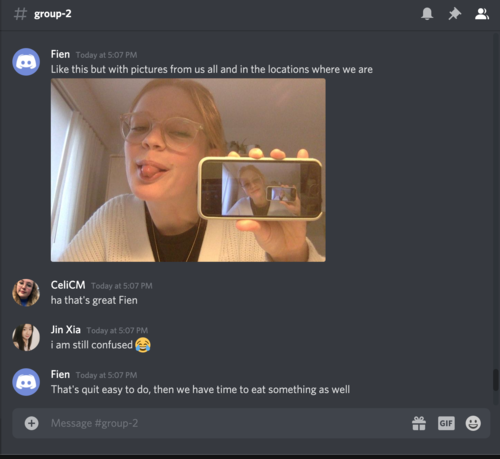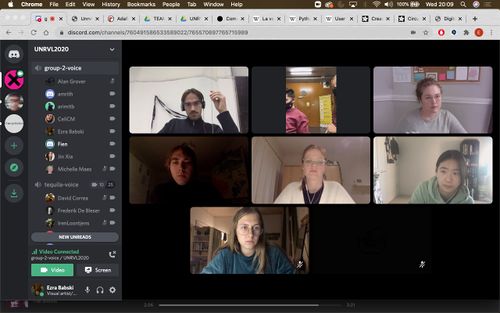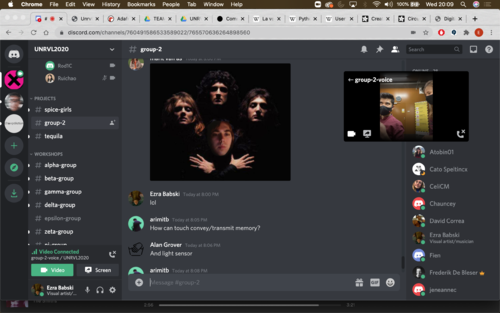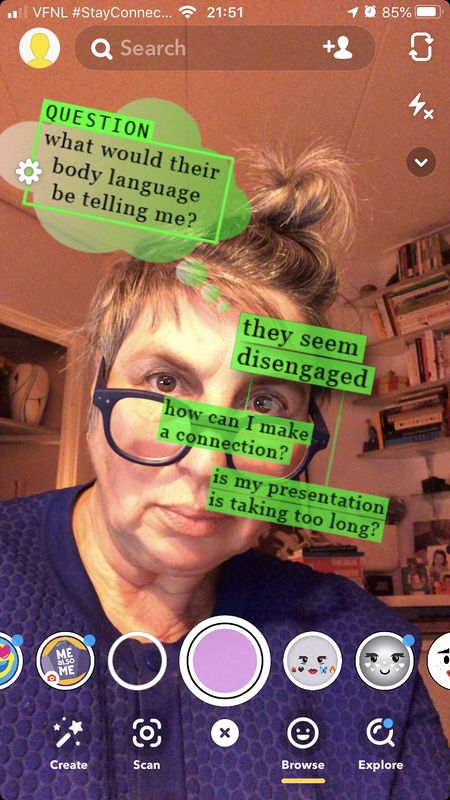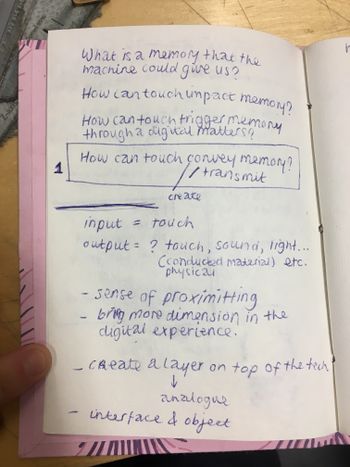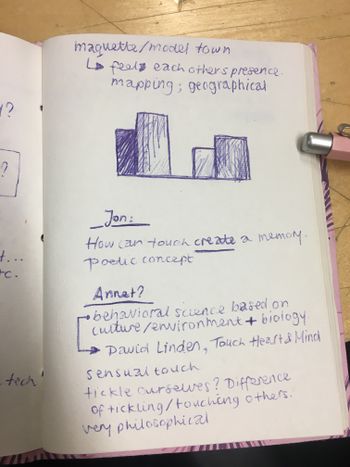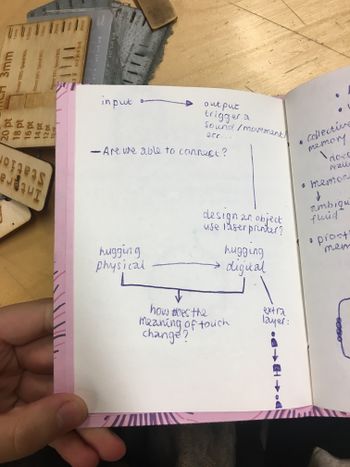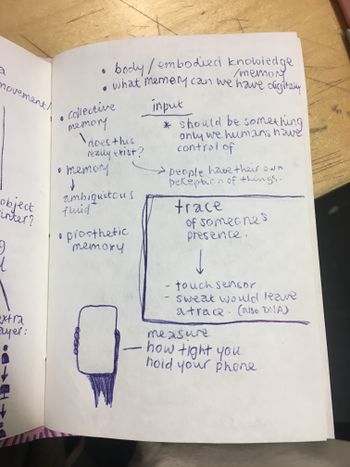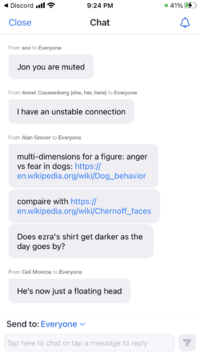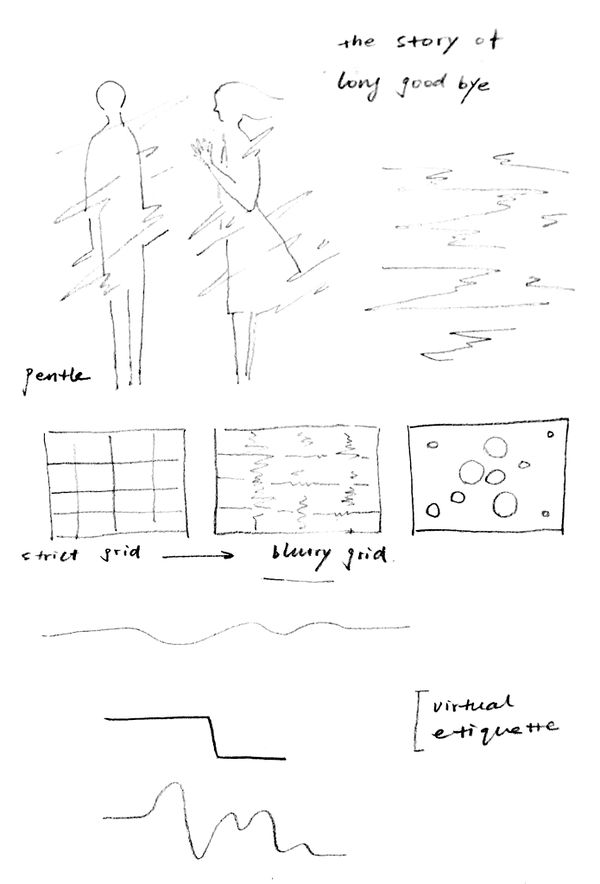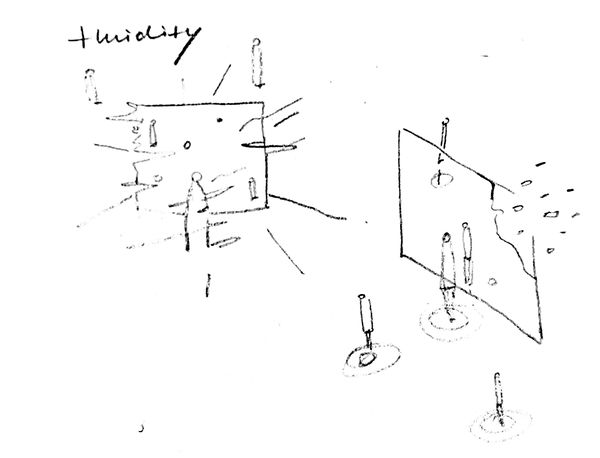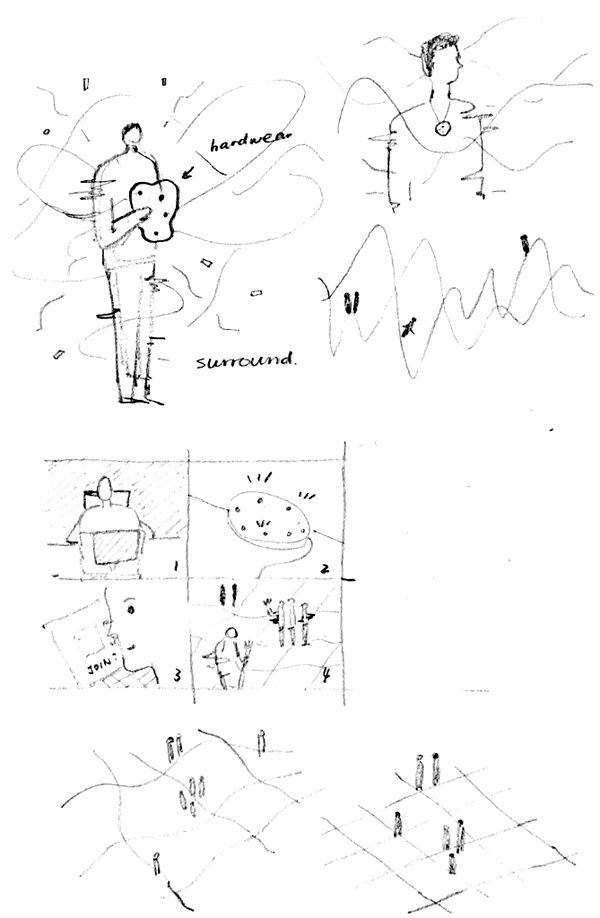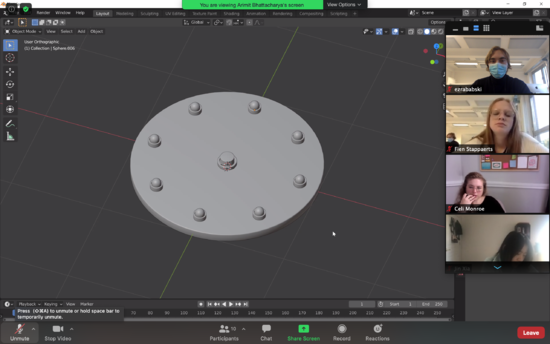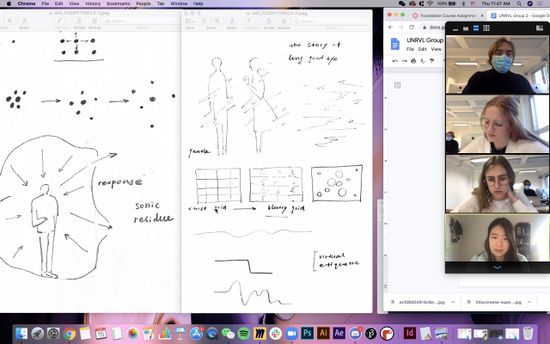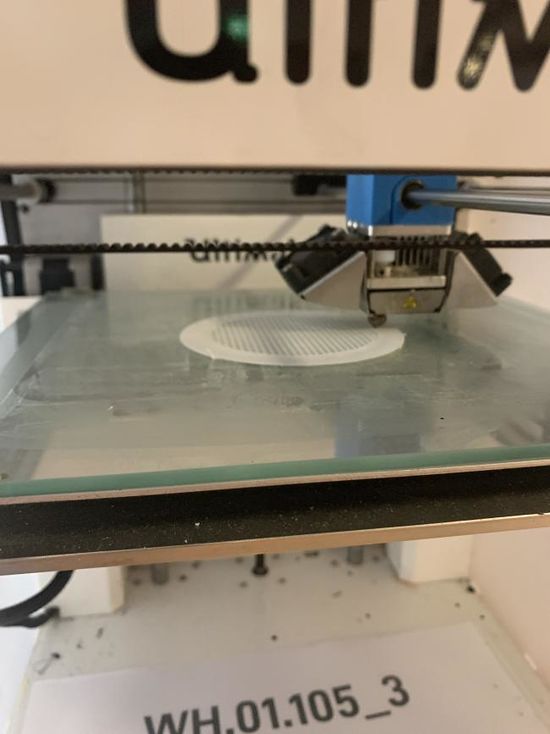Difference between revisions of "UNRVL9-Project2"
EzraBabski (talk | contribs) |
EzraBabski (talk | contribs) |
||
| Line 113: | Line 113: | ||
<br/> | <br/> | ||
<br/> | <br/> | ||
| + | <span style='font-size:15px;'> | ||
*'''Memory of the machine:''' we are all familiar with the concept of embodied knowledge—the idea that cognition is shaped by the fact that we inhabit physical bodies—but what kinds of memory are at work in our devices? How might we operationalize concepts of machine-memory to find ways to connect ourselves across technological media? What are new ways we can understand the metaphor of machine learning and machine memory, in the service of human connection? | *'''Memory of the machine:''' we are all familiar with the concept of embodied knowledge—the idea that cognition is shaped by the fact that we inhabit physical bodies—but what kinds of memory are at work in our devices? How might we operationalize concepts of machine-memory to find ways to connect ourselves across technological media? What are new ways we can understand the metaphor of machine learning and machine memory, in the service of human connection? | ||
*'''Prosthetic memory:''' [see above link] | *'''Prosthetic memory:''' [see above link] | ||
| Line 132: | Line 133: | ||
<br/> | <br/> | ||
<br/> | <br/> | ||
| + | <span style='font-size:15px;'> | ||
*'''“Touch-log:”''' a device that communicates a limited history of pushes, taps, brushes and squeezes; how to simulate, or create a metaphor for texture? | *'''“Touch-log:”''' a device that communicates a limited history of pushes, taps, brushes and squeezes; how to simulate, or create a metaphor for texture? | ||
*'''The long goodbye''' (lingering farewell): '''fadeouts''' (screen the blurs, audio that gets quieter) instead of abrupt disconnections (hanging up). | *'''The long goodbye''' (lingering farewell): '''fadeouts''' (screen the blurs, audio that gets quieter) instead of abrupt disconnections (hanging up). | ||
| Line 140: | Line 142: | ||
<br/> | <br/> | ||
<br/> | <br/> | ||
| + | <span style='font-size:15px;'> | ||
At the end of it all, we had our concept, and a means of articulating it. What we found was lacking in our digital interactions was this fluidity of presence we had defined before. | At the end of it all, we had our concept, and a means of articulating it. What we found was lacking in our digital interactions was this fluidity of presence we had defined before. | ||
<br/> | <br/> | ||
<br/> | <br/> | ||
| + | <span style='font-size:15px;'> | ||
We divided ourselves up into the following configurations: | We divided ourselves up into the following configurations: | ||
<br/> | <br/> | ||
<br/> | <br/> | ||
| + | <span style='font-size:15px;'> | ||
Hardware Team – Fien, Celi | Hardware Team – Fien, Celi | ||
Hardware Team (Speculative) – '''Amrith''' | Hardware Team (Speculative) – '''Amrith''' | ||
Revision as of 13:46, 16 October 2020
Group 2
Fluidity of Presence: Ways of Being Together in the Digital Age
Can we communicate the complex experience of presence and absence, nearness and distance that is a feature of embodied existence (in short, the spectrum of "being together") by designing hybrid analogue/digital technologies that eschew stale binaries of online/offline connection?
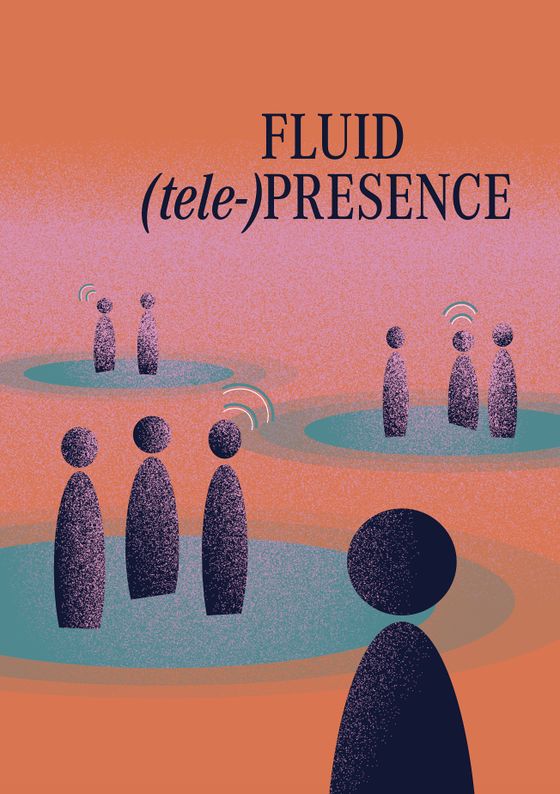
|
Digital presence takes many forms. Regardless of whether we are “plugged in,” our digital footprint manifests in the digital ecosystem as a constantly expanding network of traces, data artefacts, biometric residues and transaction histories. Viewed from this angle, the conventional, binary distinction between online/offline states ceases to make sense; indeed, given the extent of our current dependence on digital technology, almost all of us are always digitally present, if only in a hyperfragmented way. It is more accurate, therefore, to insist on the existence of a spectrum of "online" states.
|
|
ContentsMonday Oct 12
Tuesday Oct 13–Thursday Oct 15
1. Touch and Memory
References:
http://peripheralfocus.net/poems-told-by-touch/manifesto_of_tactilism.html
https://link.springer.com/article/10.3758/s13423-019-01674-x
https://en.wikipedia.org/wiki/Embodied_cognition
https://cup.columbia.edu/book/prosthetic-memory/9780231129275
https://www.bareconductive.com/make/how-to-make-an-interactive-memory-game/
2. Fluidity of Presence
References:
https://www.youtube.com/watch?v=y_FgHb-BGzk
|
|
DISCORD!
PROTOTYPING! |
